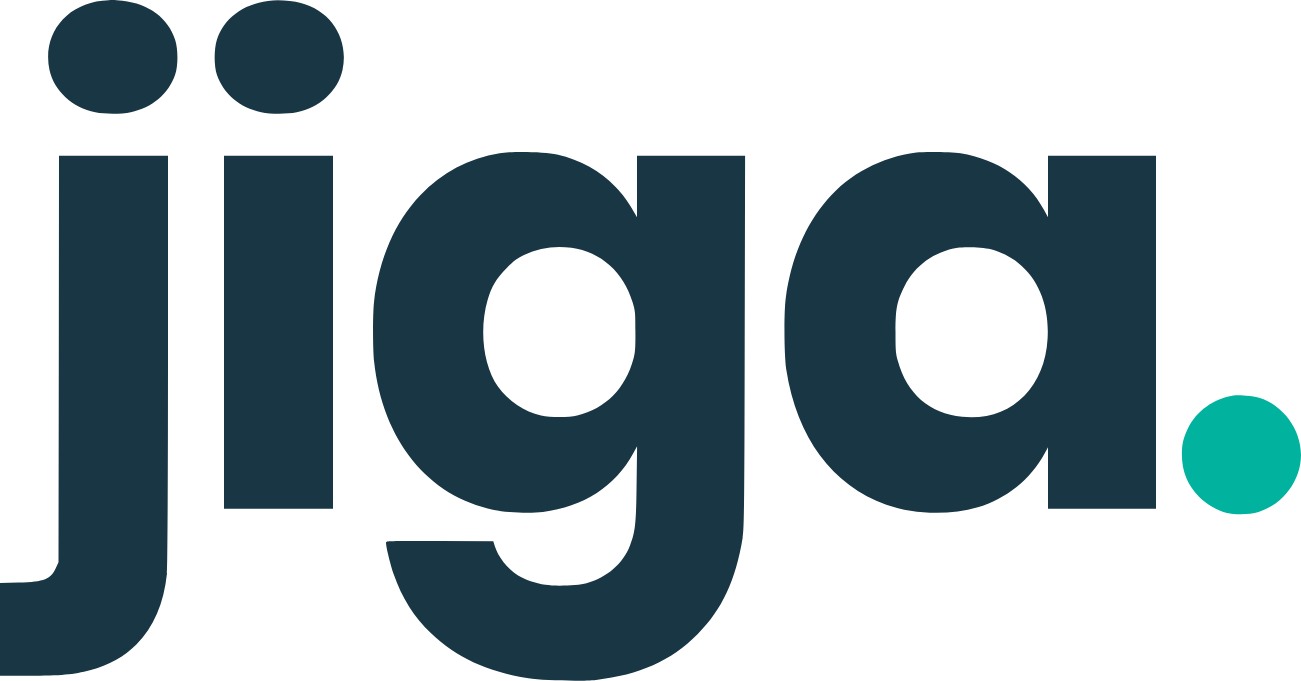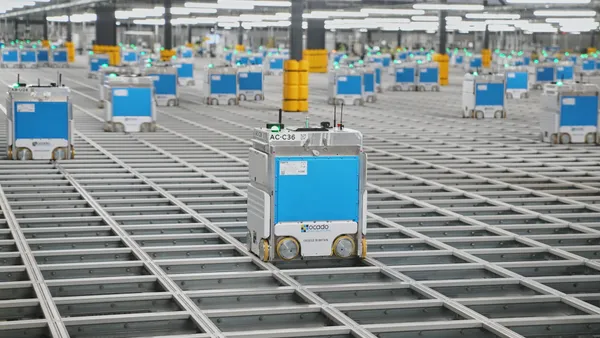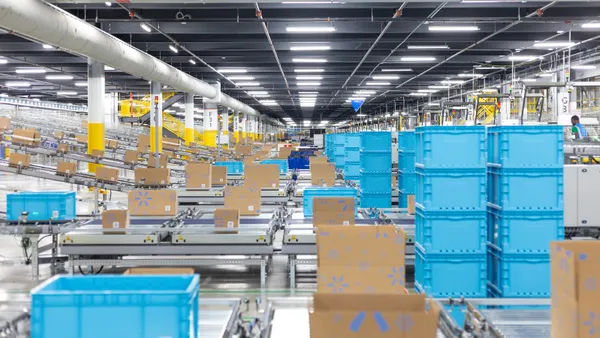Dive Brief:
- Half of procurement organizations use legacy tools such as Excel spreadsheets to store and analyze their data, according to the 2019 Cognitive Sourcing Study from LevaData, an artificial intelligence and predictive analytics provider.
- The percentage of respondents saying their organization is "somewhat or very ready" for digital transformation is on the decline, from 52% in 2017 to 40% in 2019. One in five survey respondents said they had no plans to undergo a digital transformation in the near future, according to Richard Barnett, vice president of marketing and alliances at LevaData.
- The study found the lack of digital advancement limited procurement leaders' ability to derive strategic insights from the data they collected, meaning they spent more time fighting fires (46% of their time) than building a competitive advantage through digital transformation efforts.
Dive Insight:
Firms' lack of a central data system poses a significant risk, Rajesh Kalidindi, founder and CEO of LevaData, said in a statement. "Meanwhile," he said, "a small but growing number of companies are adopting transformative technologies that will allow them to strategically consider millions of data points affecting the supply chain. These companies are able to significantly outmaneuver competitors."
Barnett told Supply Chain Dive that simply migrating data from Excel sheets to a central ERP system is not enough anymore, as there is too much data for organizations to fully leverage on their own. Instead, firms need to use software that can incorporate key data from across the supply chain and analyze it automatically to enable agile decision-making. However, this is proving easier said than done.
"Broadly speaking, what we're seeing is that procurement as a function is lagging behind the pattern of innovation in other parts of the enterprise, particularly in supply chain," Barnett said.
There are a variety of reasons for this, although Barnett said the slow pace of digital transformation in this area comes down to the significant pressure procurement leaders face to cut costs and maintain consistent supply levels, particularly as growing numbers of them prepare for a recession amid global economic uncertainty. Because sourcing professionals are incentivized to deliver on those metrics, he said, investment in innovation can fall by the wayside.
Ironically, Barnett said, it is precisely investments in data innovation that would help procurement functions make better, faster cost-cutting and supply decisions in the face of "these kind of crazy, very volatile supply market swings that we're seeing, whether it's driven by retaliatory tariffs between the U.S. and China, or Brexit or responding to volatility among material markets," he said. Using more sophisticated analytics tools, he said, procurement leaders can take advantage of the data they have and incorporate external market insights to reduce lead times and have a positive impact on revenue.
Barnett pointed to Fitbit as a company that is currently doing this well from a technology and personnel incentive standpoint. In addition to leveraging more advanced analytics to make its sourcing operations faster and more cost-effective, Barnett says the company's procurement teams are embedded in the new product development process, informing engineers and designers on the sourcing needs or challenges associated with a new design. Because Fitbit's product lifecycles are so short, under a year according to Barnett, enabling procurement to determine and embed costs upfront allows them to better manage any uncertainty down the road.
This story was first published in our weekly newsletter, Supply Chain Dive: Procurement. Sign up here.














